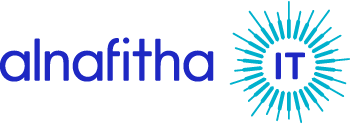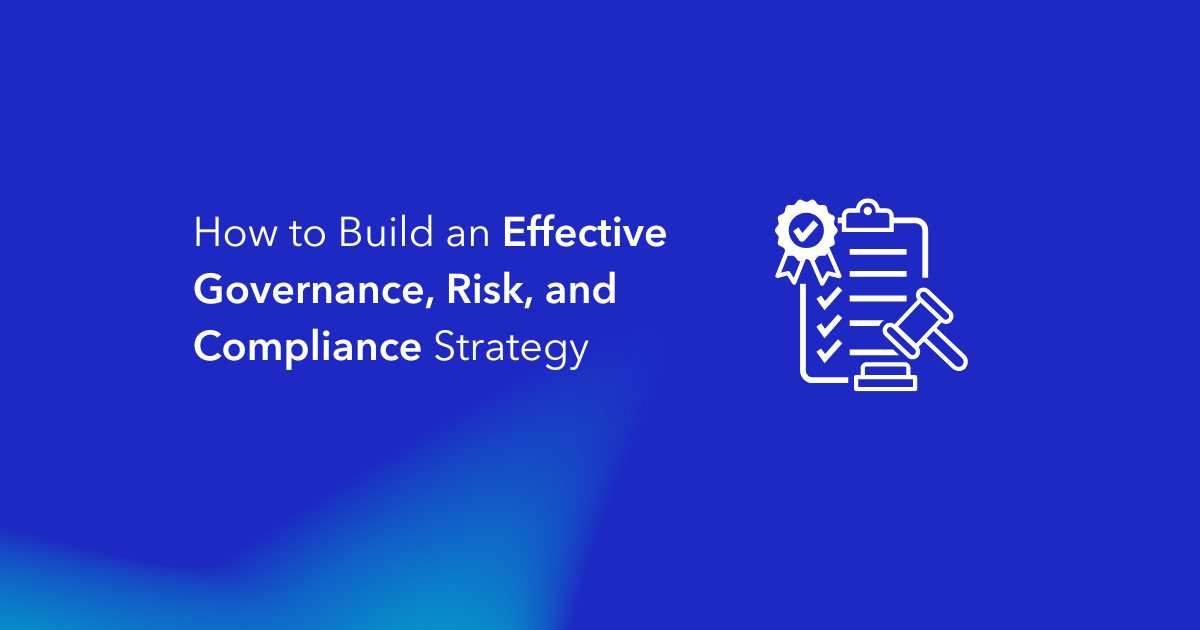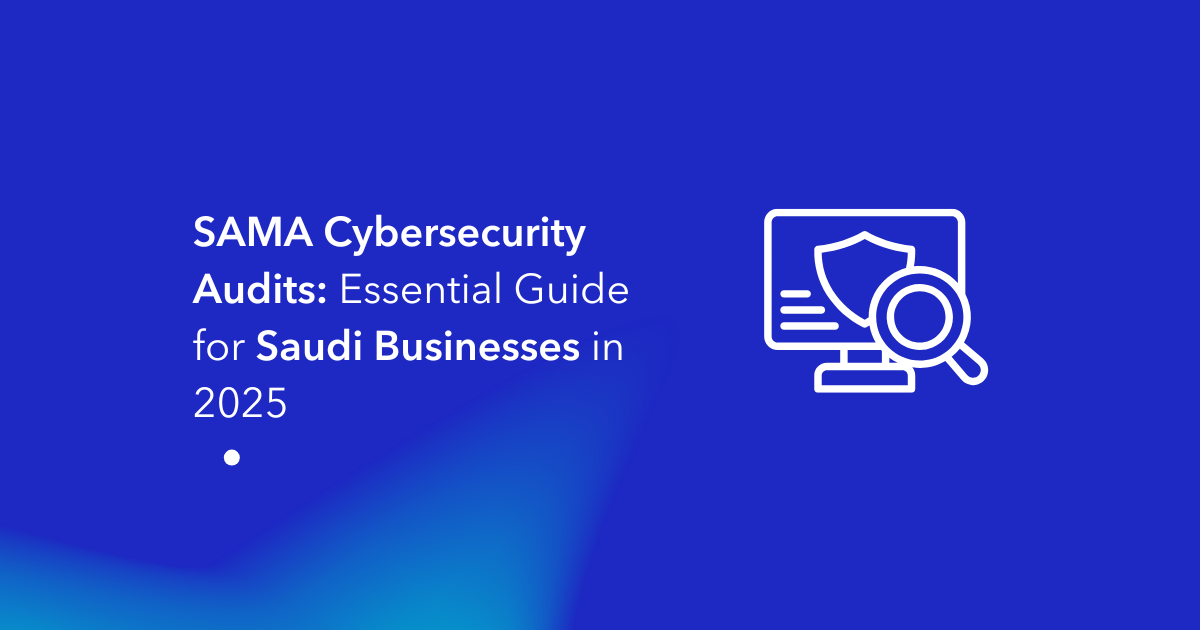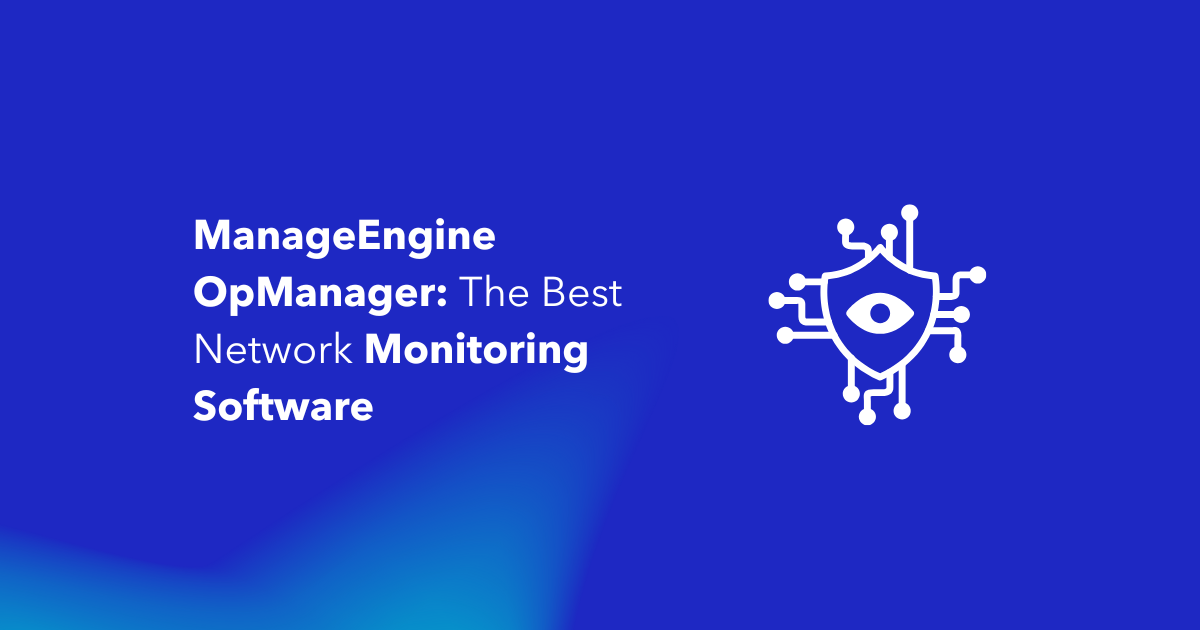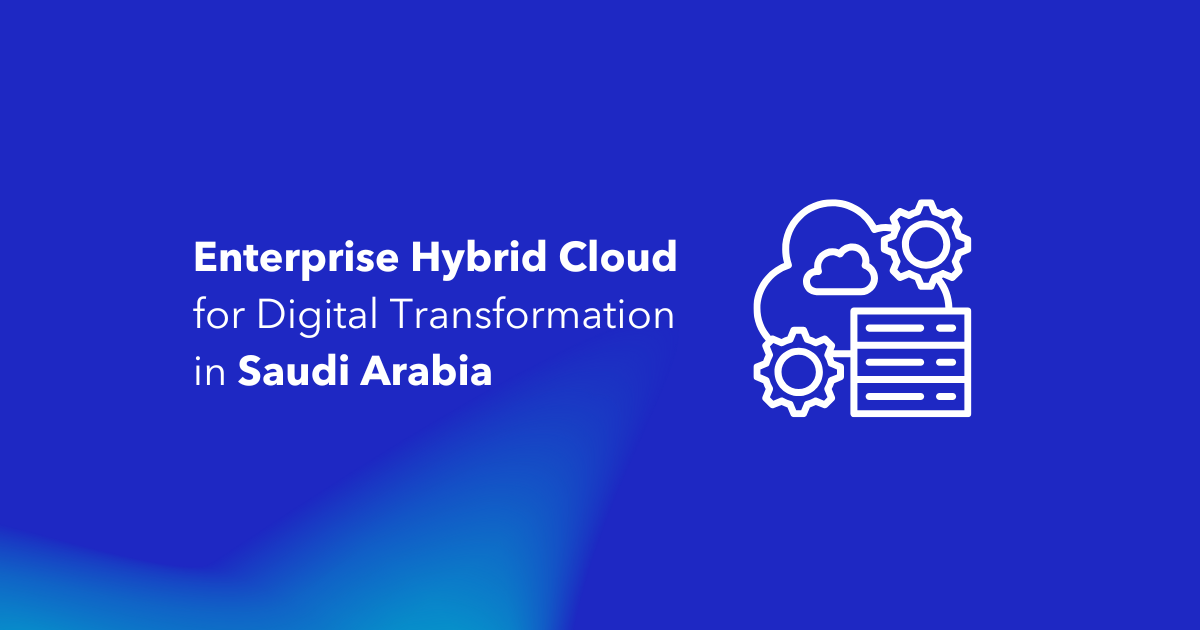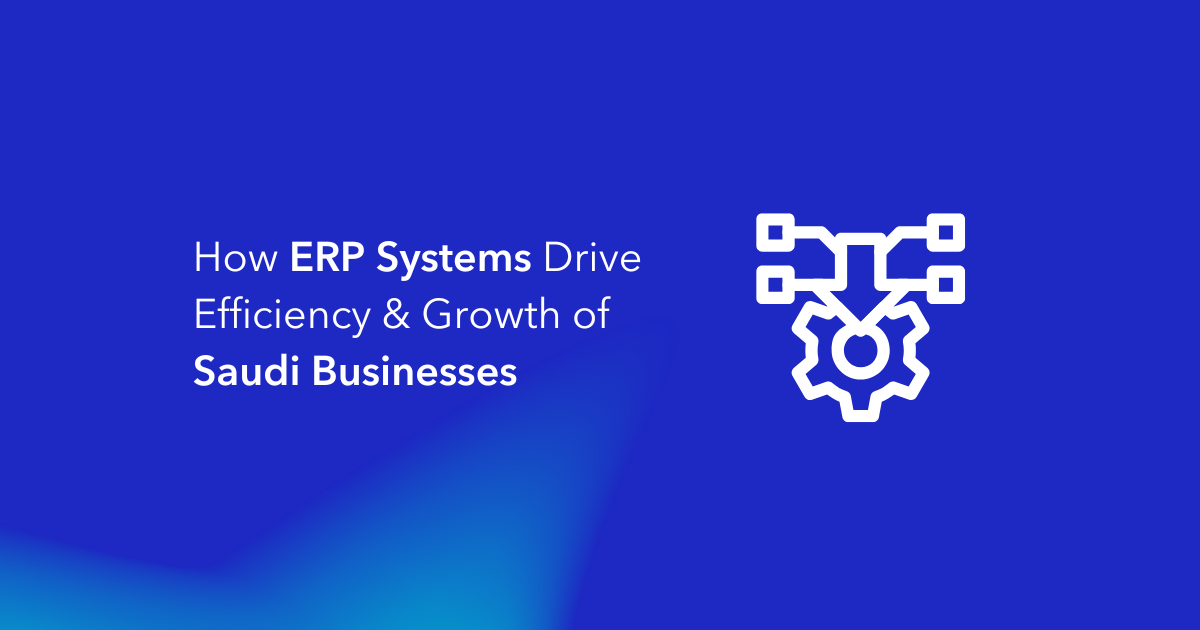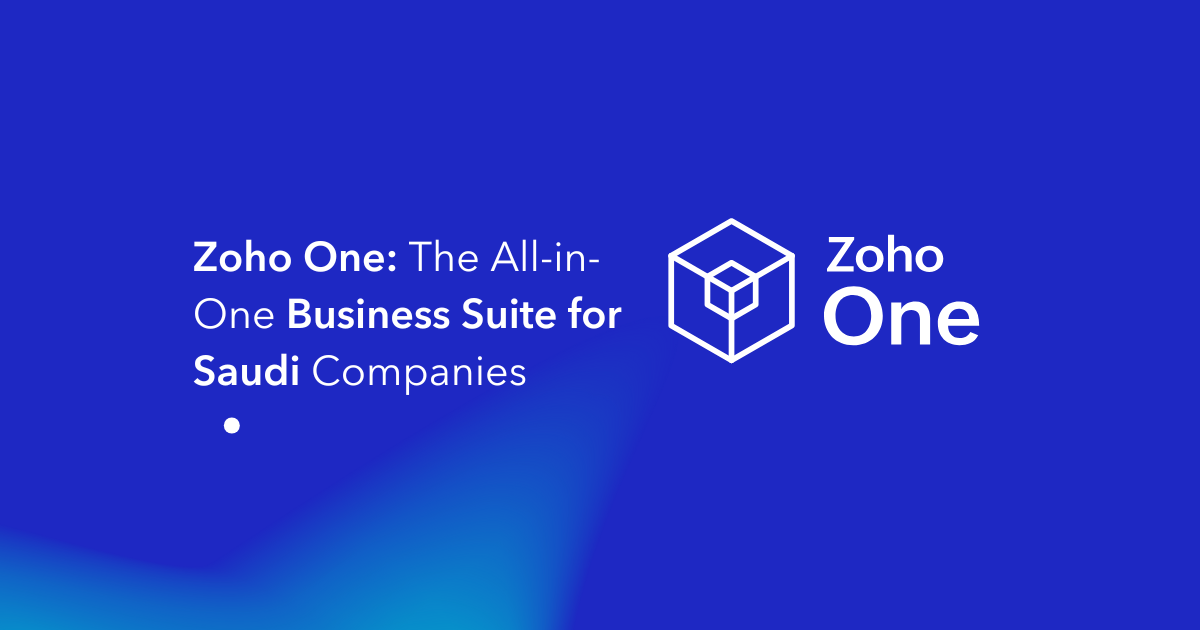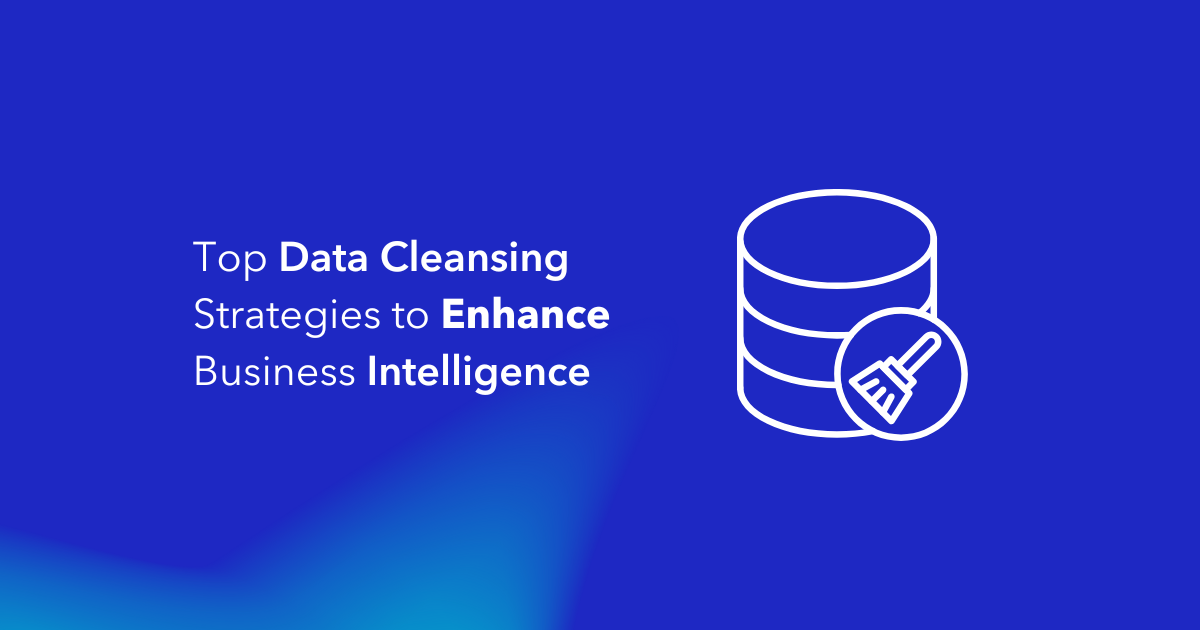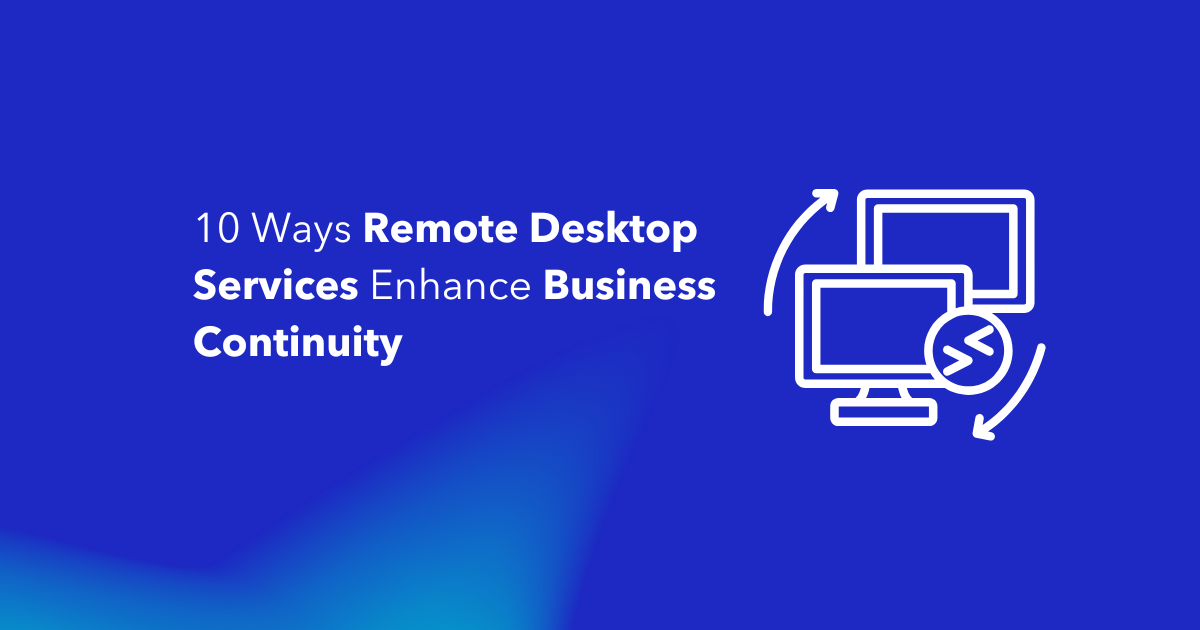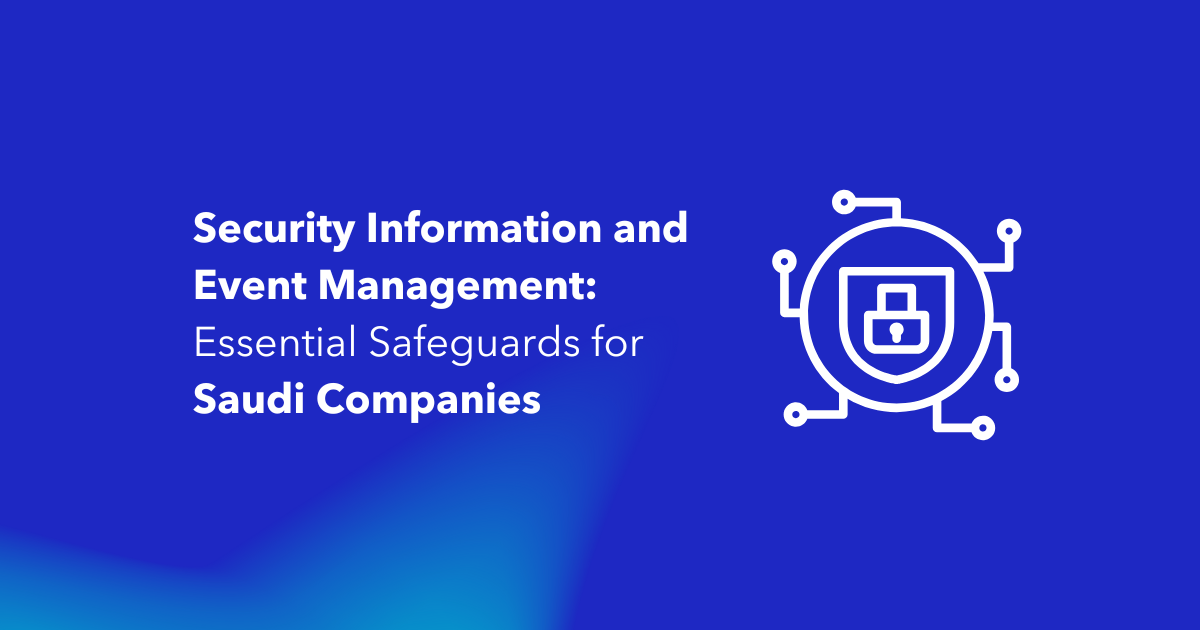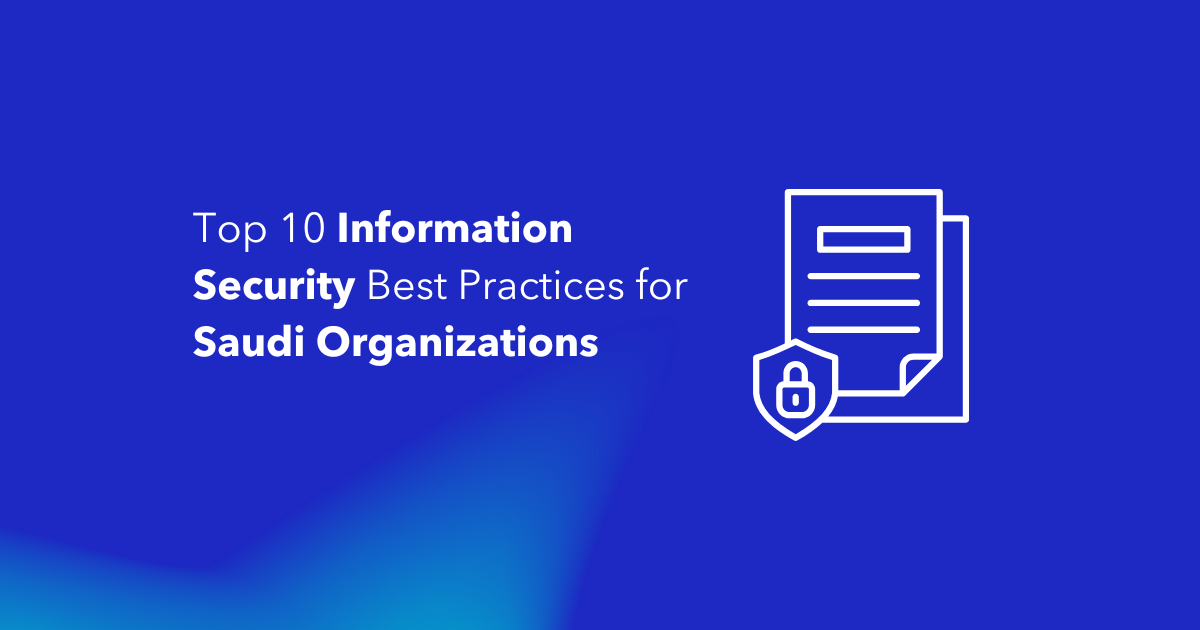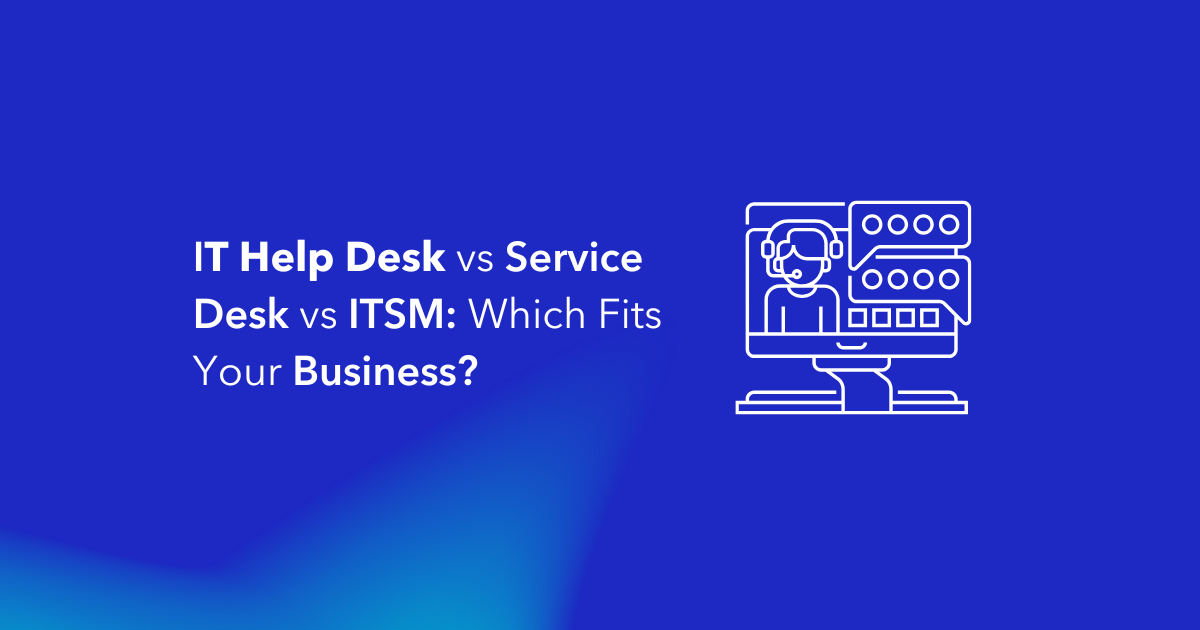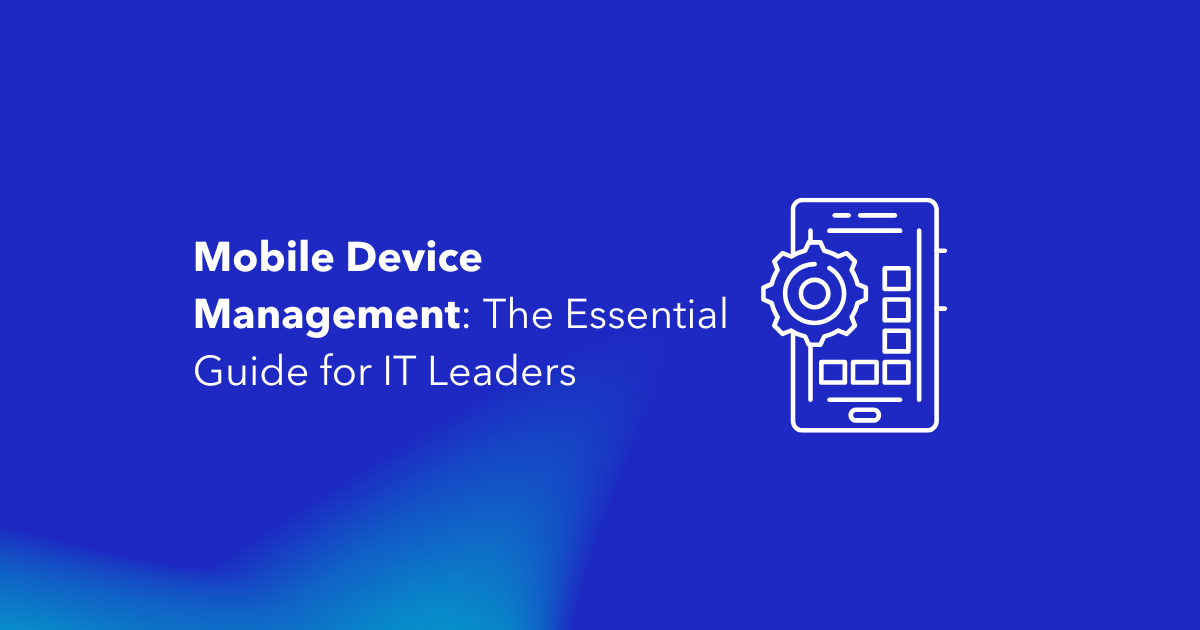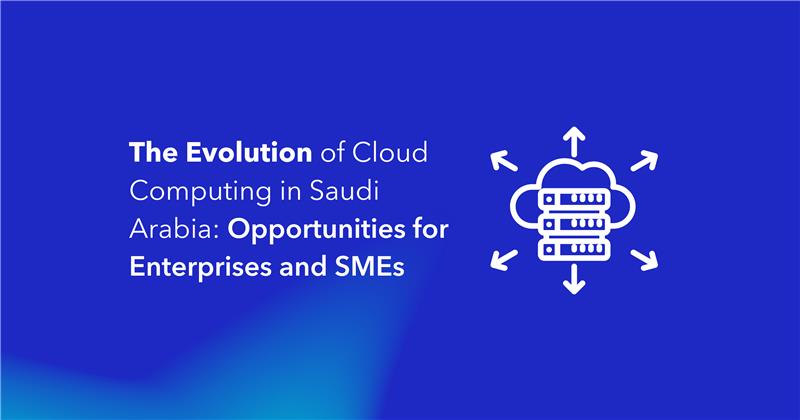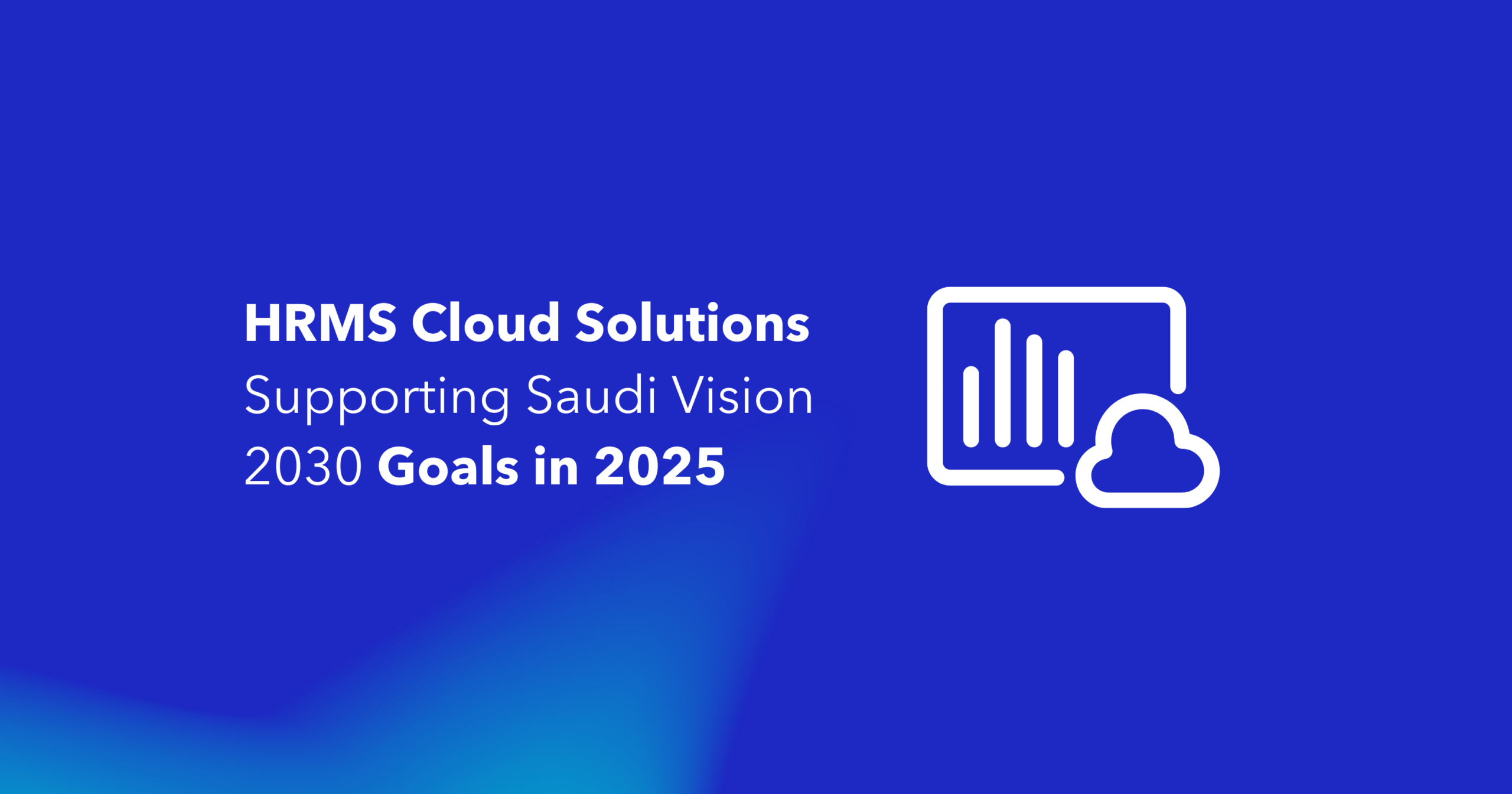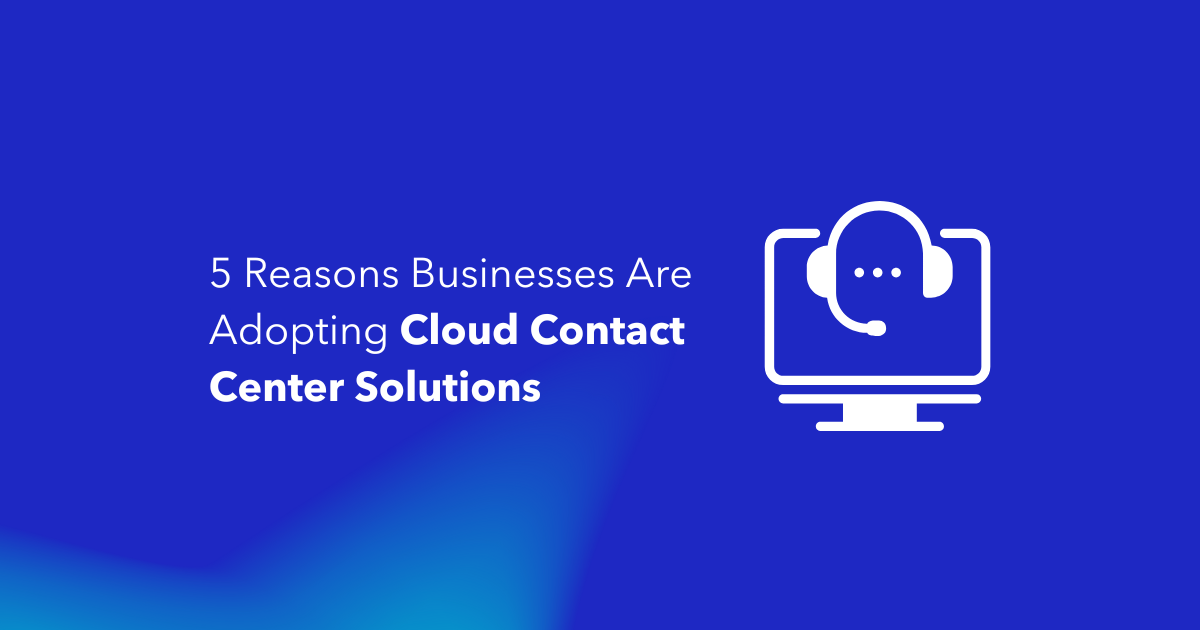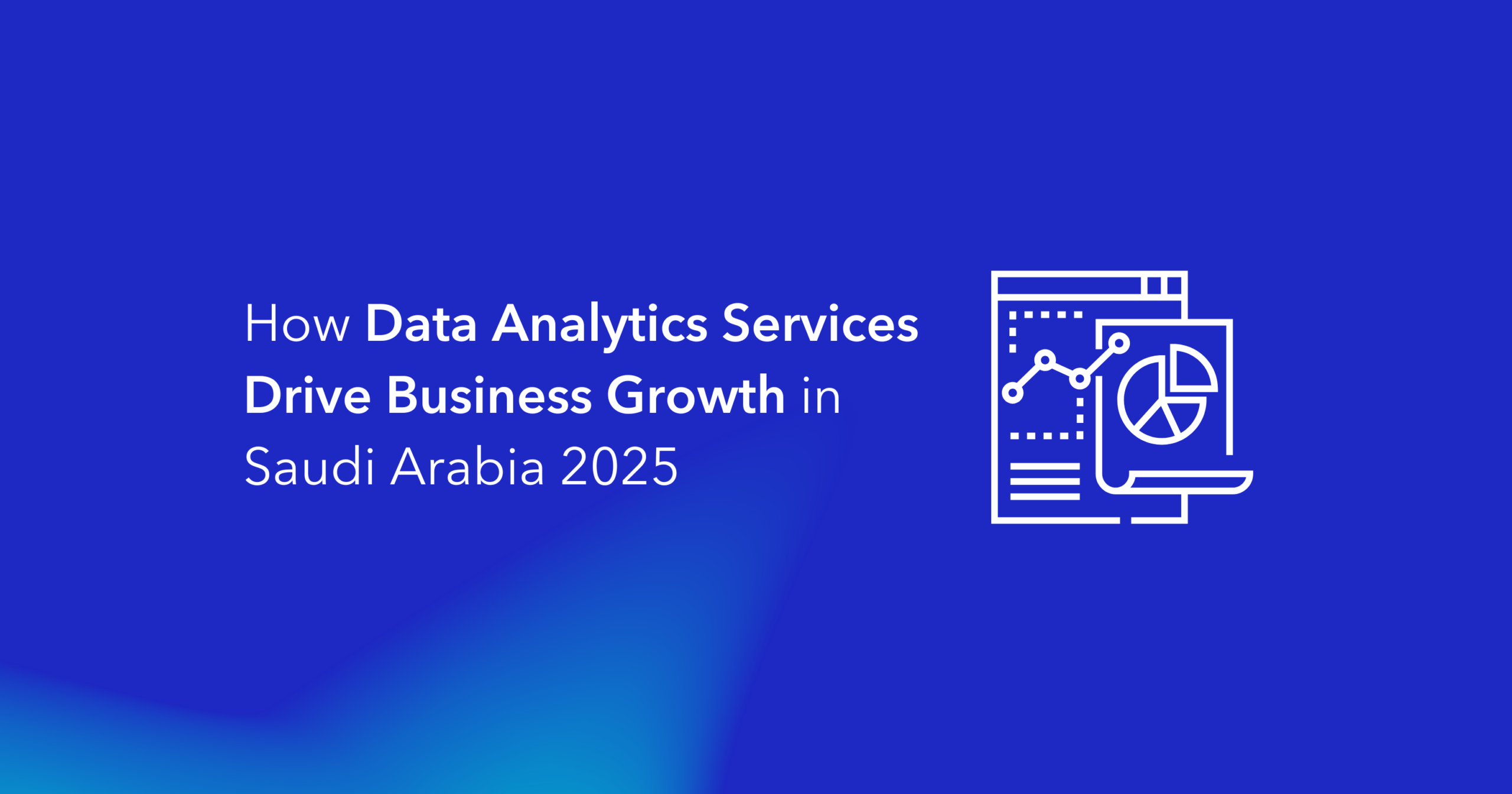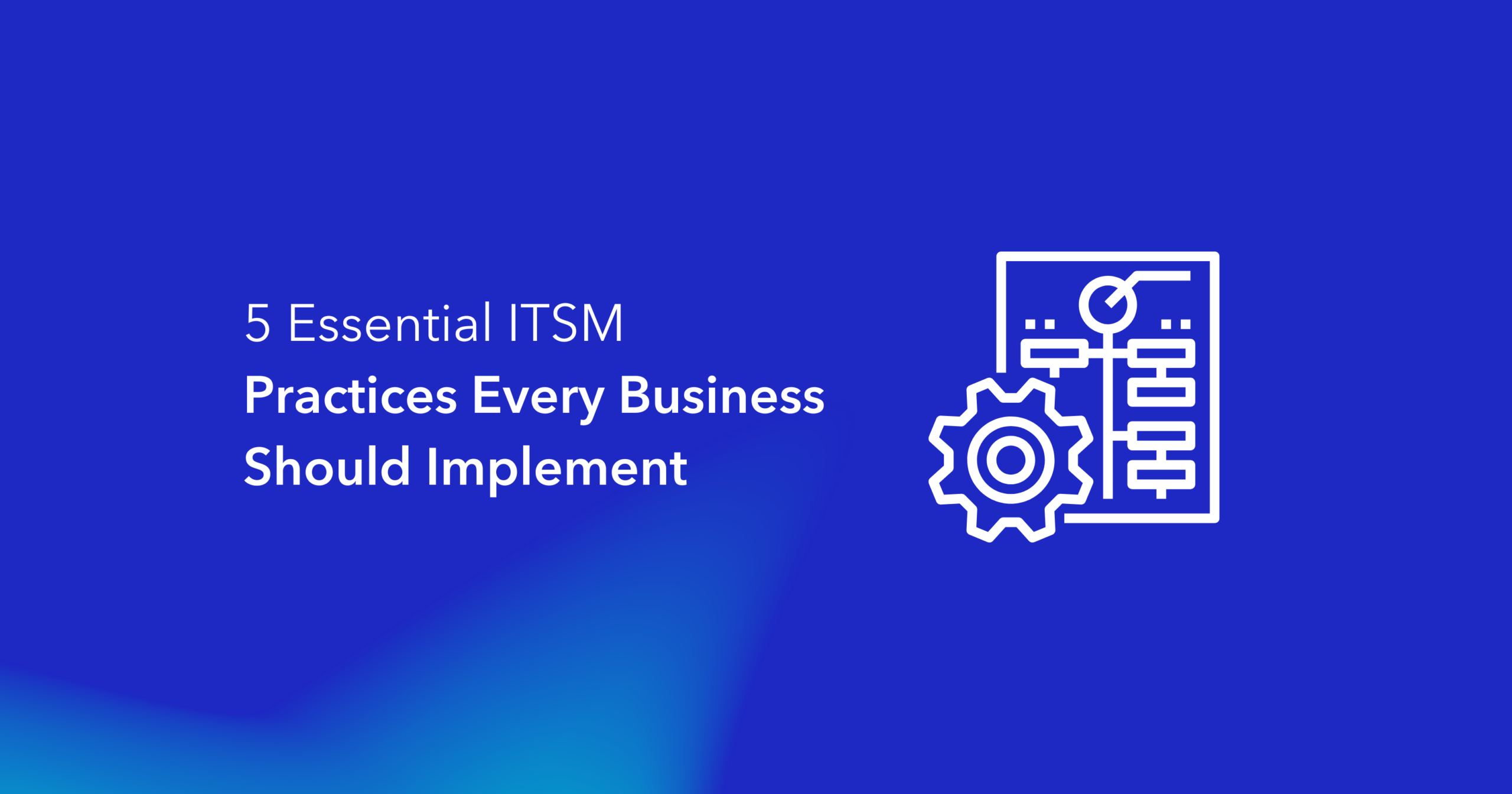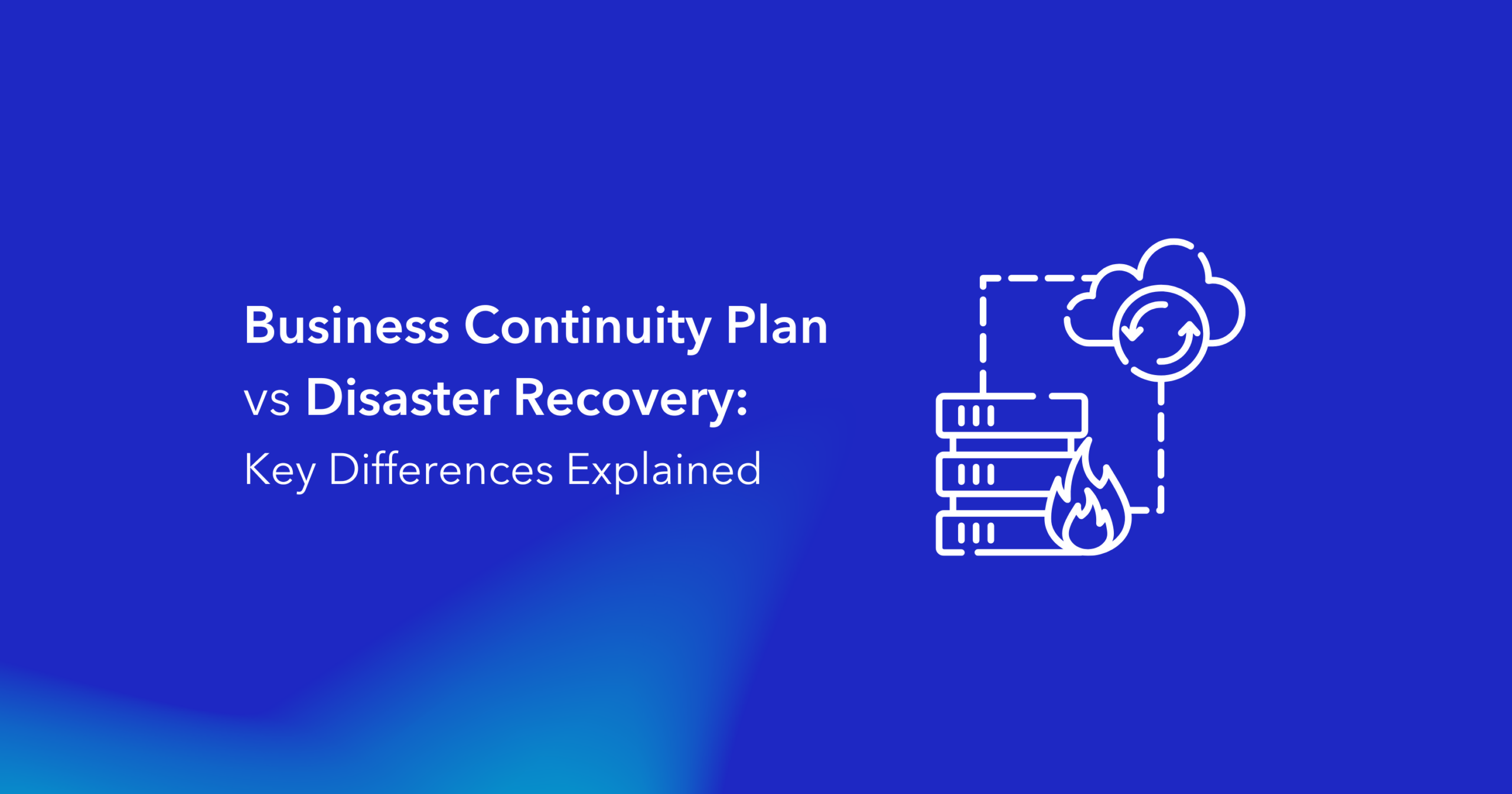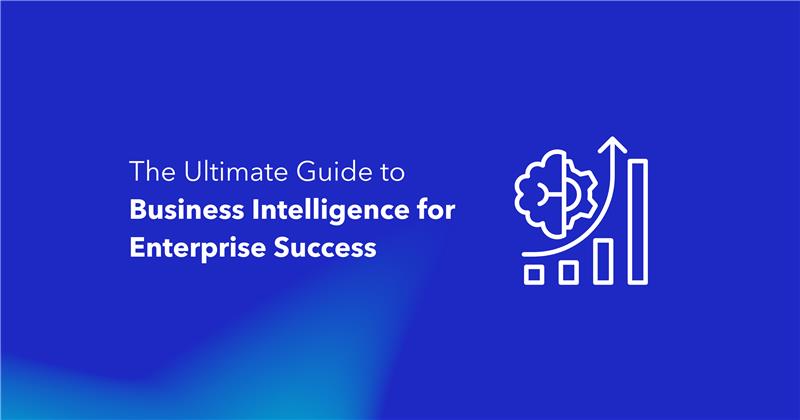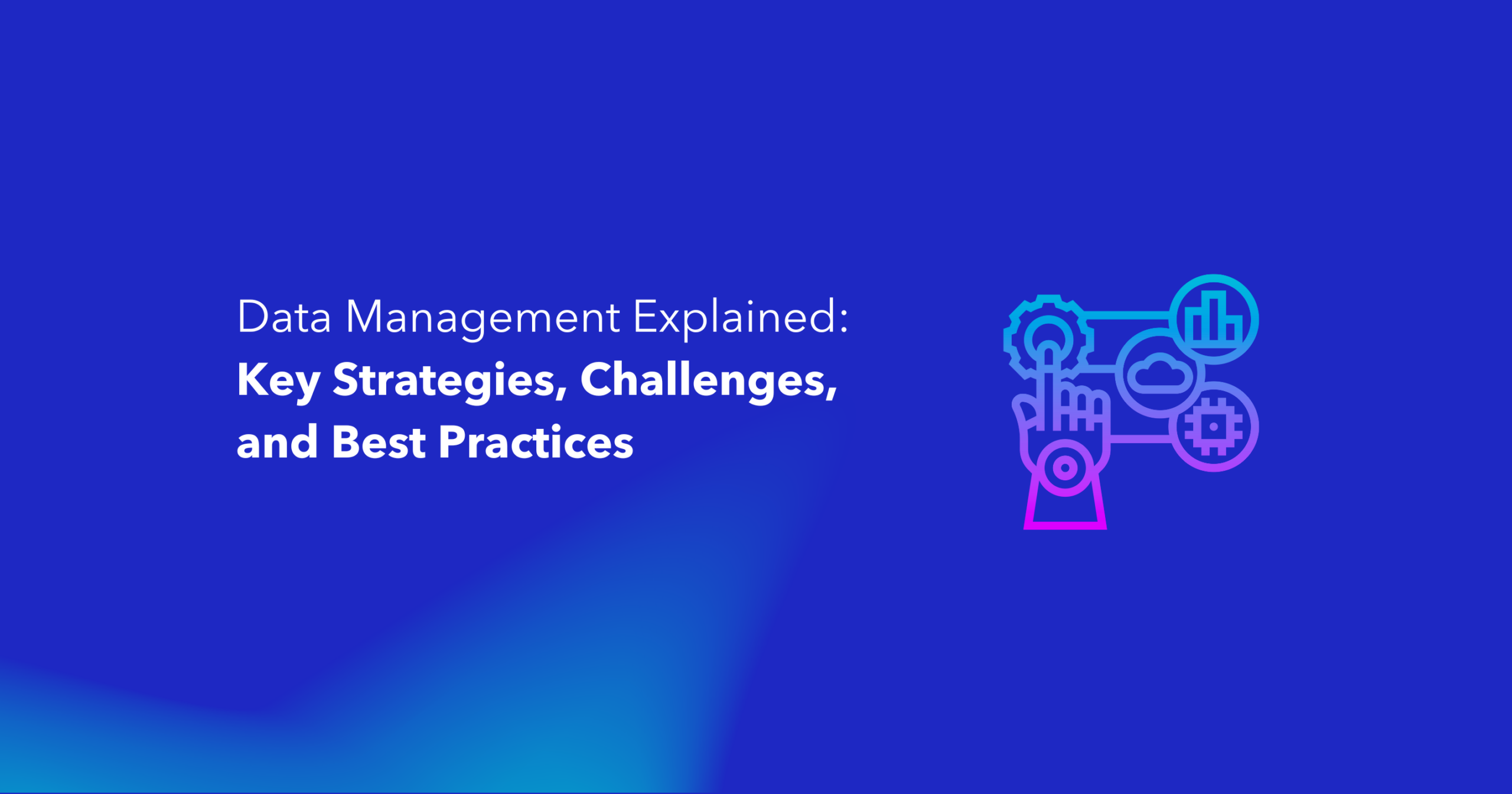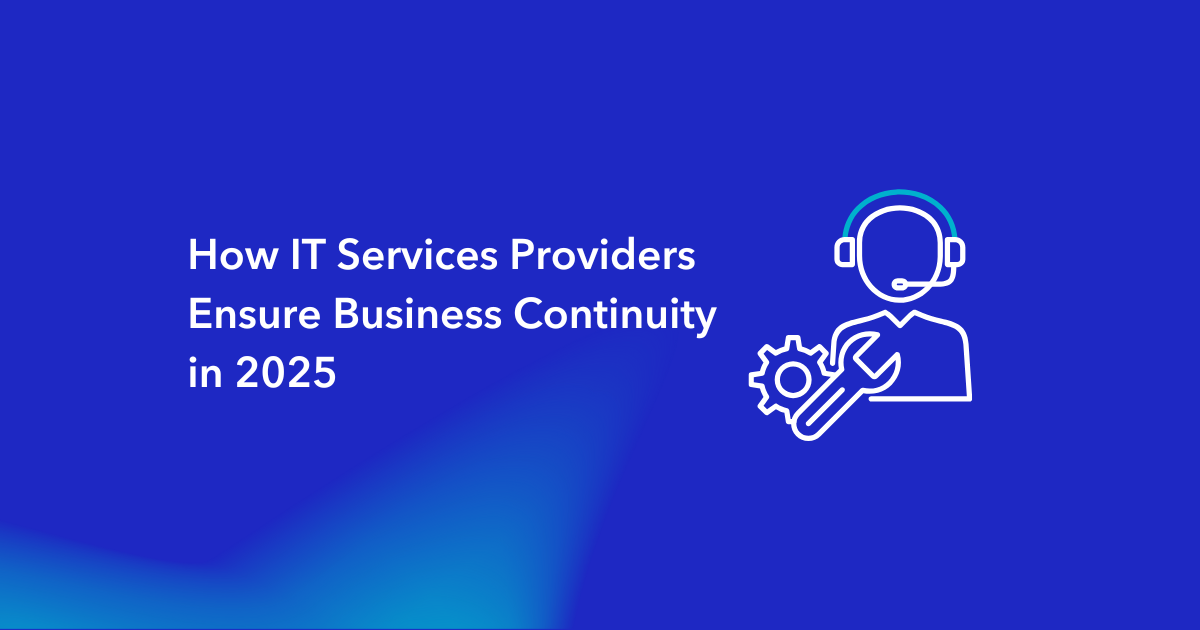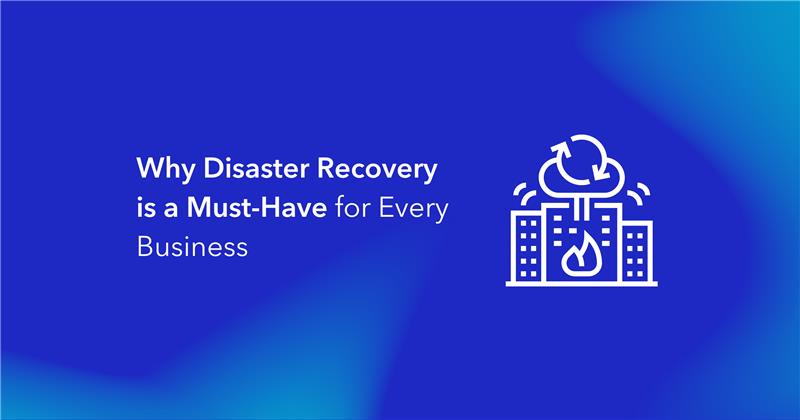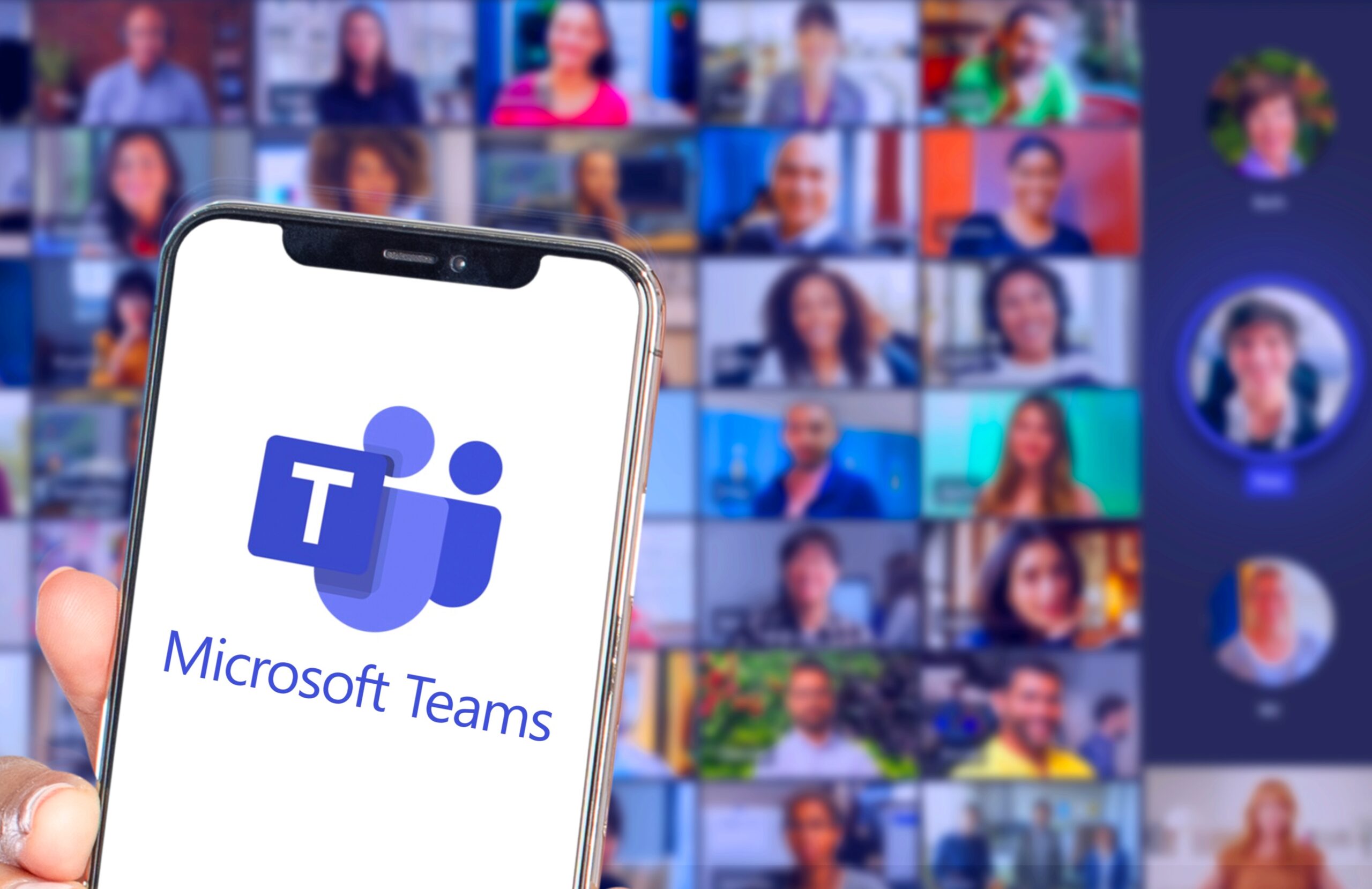These days, teamwork and effective collaboration are everything if you want your business to thrive. With how quickly things move in the corporate world, being able to work together smoothly can really make or break your success. Microsoft Teams has emerged as a pivotal innovation, revolutionizing how organizations communicate and work together. This powerful platform combines chat, video conferencing, file sharing, and app integration into one seamless experience. By leveraging Microsoft Teams, you can boost productivity, enhance teamwork, and streamline your operations like never before.
As you explore the benefits of Microsoft Teams, you’ll discover how it can transform your organization. From improving cross-departmenthttps://alnafitha.com/modern-workplace-solutions/al collaboration to increasing employee engagement, this versatile tool offers a wide range of advantages. We’ll delve into how Microsoft Teams accelerates digital transformation, helps you measure and maximize ROI, and ultimately drives your business forward. Get ready to unlock the full potential of your team with Microsoft Teams and take your organization to new heights.
Improving Cross-Departmental Collaboration
Microsoft Teams has a significant impact on breaking down silos and enhancing collaboration across departments. By providing a unified platform for communication and file sharing, Teams enables seamless interaction between different teams and departments.
Breaking down silos
MS Teams helps to eliminate organizational barriers by creating a centralized space where employees from various departments can easily connect and share information. This open communication environment encourages cross-functional teamwork and fosters a more collaborative company culture. You can create channels for specific projects or topics, allowing team members from different departments to contribute their expertise and insights.
For example, a marketing team can collaborate with the product development team on a new launch, sharing ideas and documents in real-time. This seamless interaction leads to better alignment of goals and more efficient problem-solving.
Facilitating project management
Microsoft Teams streamlines project management by integrating various tools and features into one platform. You can use the built-in task management capabilities or integrate third-party project management apps to keep track of deadlines, assignments, and progress.
The platform allows for easy file sharing and version control, ensuring that all team members have access to the most up-to-date information. This feature is particularly useful for cross-departmental projects where multiple teams need to work on the same documents.
Additionally, Teams’ video conferencing and screen sharing capabilities make it easy to hold virtual meetings and presentations, keeping everyone on the same page regardless of their physical location.
Enhancing decision-making processes
By bringing together diverse perspectives from different departments, Microsoft Teams enhances the decision-making process. The platform’s chat and discussion features allow for quick brainstorming sessions and idea sharing, leading to more informed and collaborative decisions.
MS Teams also provides a space for storing and accessing important documents and data, making it easier for decision-makers to have all the necessary information at their fingertips. This centralized information repository ensures that all stakeholders have access to the same data, reducing misunderstandings and improving the quality of decisions.
Furthermore, the ability to create polls and surveys within Teams allows for quick feedback gathering from various departments, facilitating more inclusive decision-making processes.
By leveraging these features, Microsoft Teams becomes a powerful tool for improving cross-departmental collaboration. It breaks down communication barriers, streamlines project management, and enhances decision-making processes. As a result, organizations can experience increased productivity, better alignment of goals, and more innovative solutions to complex problems.
Boosting Employee Engagement and Satisfaction
Microsoft Teams has a significant impact on fostering a connected workplace culture and improving employee satisfaction. By providing a centralized platform for communication and collaboration, Teams helps create a more engaging work environment.
Fostering a connected workplace culture
Teams enables organizations to build a strong sense of community among employees, regardless of their physical location. The platform’s chat, video conferencing, and file-sharing capabilities allow team members to stay connected and collaborate seamlessly. This increased connectivity helps break down silos between departments and promotes a more inclusive workplace culture.
You can use Teams to create dedicated channels for various topics, projects, or social interactions. This feature allows employees to engage in discussions, share ideas, and build relationships with colleagues across the organization. For example, you might set up a channel for company-wide announcements, team-building activities, or even virtual water cooler conversations.
Enabling flexible work arrangements
Microsoft Teams plays a crucial role in supporting flexible work arrangements, which have become increasingly important for employee satisfaction. The platform allows you to work from anywhere, at any time, using any device. This flexibility enables a better work-life balance and can lead to increased productivity and job satisfaction.
With Teams, you can easily transition between office and remote work without losing access to important files or communication channels. The mobile app ensures that you stay connected even when you’re on the go. This seamless experience helps reduce stress and frustration often associated with remote work, leading to happier and more engaged employees.
Providing recognition and feedback tools
Teams includes features that make it easy to recognize and appreciate employees for their contributions. You can use the platform to give public praise, share achievements, and celebrate milestones. This visibility can boost morale and motivation across the organization.
The platform also facilitates regular feedback and performance discussions. Managers can use Teams to schedule one-on-one meetings, conduct video calls for performance reviews, and provide real-time feedback on projects. This continuous feedback loop helps employees feel valued and supported in their professional growth.
By leveraging Microsoft Teams for employee engagement and satisfaction, organizations can create a more connected, flexible, and supportive work environment. This, in turn, can lead to increased productivity, lower turnover rates, and a more positive company culture overall. As you continue to explore the benefits of Teams, you’ll discover how it can transform your organization’s approach to employee engagement and satisfaction.
Accelerating Digital Transformation
Microsoft Teams plays a crucial role in driving digital transformation within organizations. By providing a centralized platform for collaboration and communication, Teams enables businesses to streamline their operations and embrace modern ways of working.
Centralizing business applications
One of the key benefits of Microsoft Teams is its ability to integrate various business applications into a single platform. This centralization allows employees to access essential tools and information without switching between multiple software programs. By bringing together chat, video conferencing, file sharing, and third-party apps, Teams creates a unified workspace that enhances productivity and efficiency.
For example, you can integrate project management tools, customer relationship management systems, and productivity apps directly into Teams. This integration enables seamless workflows and reduces the time spent navigating between different applications. As a result, employees can stay focused on their tasks and collaborate more effectively.
Facilitating change management
Implementing new technologies and processes can be challenging for organizations. However, Microsoft Teams serves as a powerful tool to facilitate change management initiatives. Its user-friendly interface and familiar features make it easier for employees to adapt to new ways of working.
Teams provides a platform for sharing important updates, training materials, and best practices related to digital transformation efforts. You can create dedicated channels for change management initiatives, where employees can ask questions, share experiences, and receive support from colleagues and IT teams. This open communication helps to address concerns and overcome resistance to change.
Furthermore, Teams’ video conferencing capabilities enable organizations to conduct virtual training sessions and workshops, ensuring that employees receive the necessary guidance to embrace new technologies and processes.
Driving innovation through idea sharing
Microsoft Teams fosters a culture of innovation by providing a space for employees to share ideas and collaborate on new initiatives. The platform’s chat and discussion features allow for quick brainstorming sessions and idea sharing across departments and locations.
You can create innovation-focused channels where employees can submit suggestions, discuss potential improvements, and collaborate on new projects. This open environment encourages creativity and helps to break down silos within the organization.
Teams also supports the creation of virtual innovation labs or hackathons, where employees can come together to work on innovative solutions to business challenges. The platform’s file sharing and co-authoring capabilities enable real-time collaboration on documents, presentations, and prototypes.
By leveraging Microsoft Teams for digital transformation, organizations can accelerate their journey towards becoming more agile, innovative, and digitally-driven enterprises. The platform’s ability to centralize business applications, facilitate change management, and drive innovation makes it an essential tool for modern businesses looking to stay competitive in today’s rapidly evolving digital landscape.
As you continue to explore the benefits of Microsoft Teams, you’ll discover how it can transform your organization’s approach to digital transformation and help you achieve your business goals more effectively.
Measuring and Maximizing Teams ROI
To fully understand the value Microsoft Teams brings to your organization, it’s crucial to measure its return on investment (ROI) and continuously optimize its usage. By tracking key performance indicators, implementing effective adoption strategies, and employing continuous improvement techniques, you can maximize the benefits of Teams and justify your investment.
Key performance indicators
To gauge the success of your Microsoft Teams implementation, you need to establish and monitor relevant KPIs. These metrics will help you quantify the impact of Teams on your organization’s productivity, collaboration, and overall efficiency. Some essential KPIs to consider include:
User adoption rate: Track the percentage of employees actively using Teams for communication and collaboration.
Meeting efficiency: Measure the reduction in time spent on meetings and the increase in productive outcomes.
File sharing and collaboration: Monitor the number of documents shared and co-authored within Teams.
Reduction in email volume: Assess the decrease in internal email communication as Teams usage increases.
Time saved on administrative tasks: Quantify the time saved through automated workflows and integrated apps in Teams.
By regularly monitoring these KPIs, you can demonstrate the tangible benefits of Microsoft Teams and identify areas for improvement.
Adoption strategies
To maximize the ROI of Microsoft Teams, it’s essential to implement effective adoption strategies that encourage widespread use across your organization. Consider the following approaches:
Executive sponsorship: Secure buy-in from leadership and have them champion the use of Teams.
Comprehensive training programs: Offer tailored training sessions for different user groups, focusing on features relevant to their roles.
Change management: Develop a clear communication plan to guide employees through the transition to Teams.
Showcase success stories: Share examples of how Teams has improved productivity and collaboration within your organization.
Gamification: Implement friendly competitions or rewards to encourage Teams usage and exploration of its features.
By focusing on these adoption strategies, you can increase user engagement and drive the overall success of your Microsoft Teams implementation.
Continuous improvement techniques
To ensure ongoing ROI from Microsoft Teams, it’s important to implement continuous improvement techniques. These methods will help you identify areas for enhancement and keep your Teams environment optimized:
Regular user feedback: Conduct surveys and focus groups to gather insights on user experiences and pain points.
Usage analytics: Leverage Teams’ built-in analytics tools to identify usage patterns and areas for improvement.
Feature updates: Stay informed about new Teams features and evaluate their potential impact on your organization.
Process optimization: Regularly review and refine workflows integrated with Teams to maximize efficiency.
Cross-functional collaboration: Encourage departments to share best practices and innovative uses of Teams.
By implementing these continuous improvement techniques, you can ensure that your organization is always getting the most value from Microsoft Teams.
Conclusion
Microsoft Teams has proven to be a game-changer for organizations seeking to boost collaboration, engagement, and digital transformation. Its ability to break down silos, streamline communication, and integrate various business applications has a significant impact on productivity and innovation. By providing a centralized platform for teamwork, Teams enables companies to adapt to flexible work arrangements and foster a more connected workplace culture.
To get the most out of Microsoft Teams, it’s crucial to measure its ROI and continuously optimize its usage. By tracking key performance indicators, implementing effective adoption strategies, and employing continuous improvement techniques, organizations can maximize the benefits of Teams. This approach ensures that Teams remains a valuable asset in driving business success, enhancing employee satisfaction, and staying competitive in today’s rapidly evolving digital landscape.
